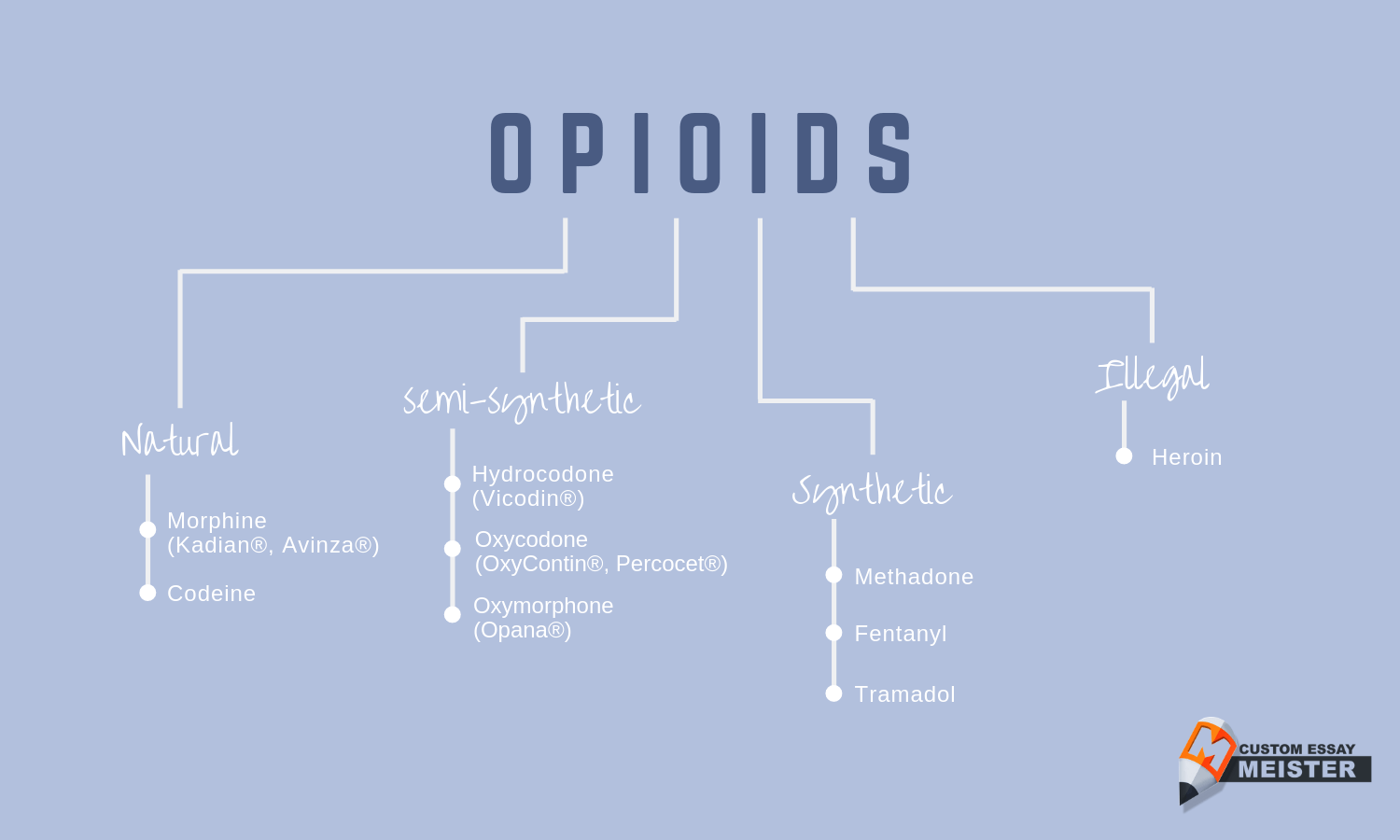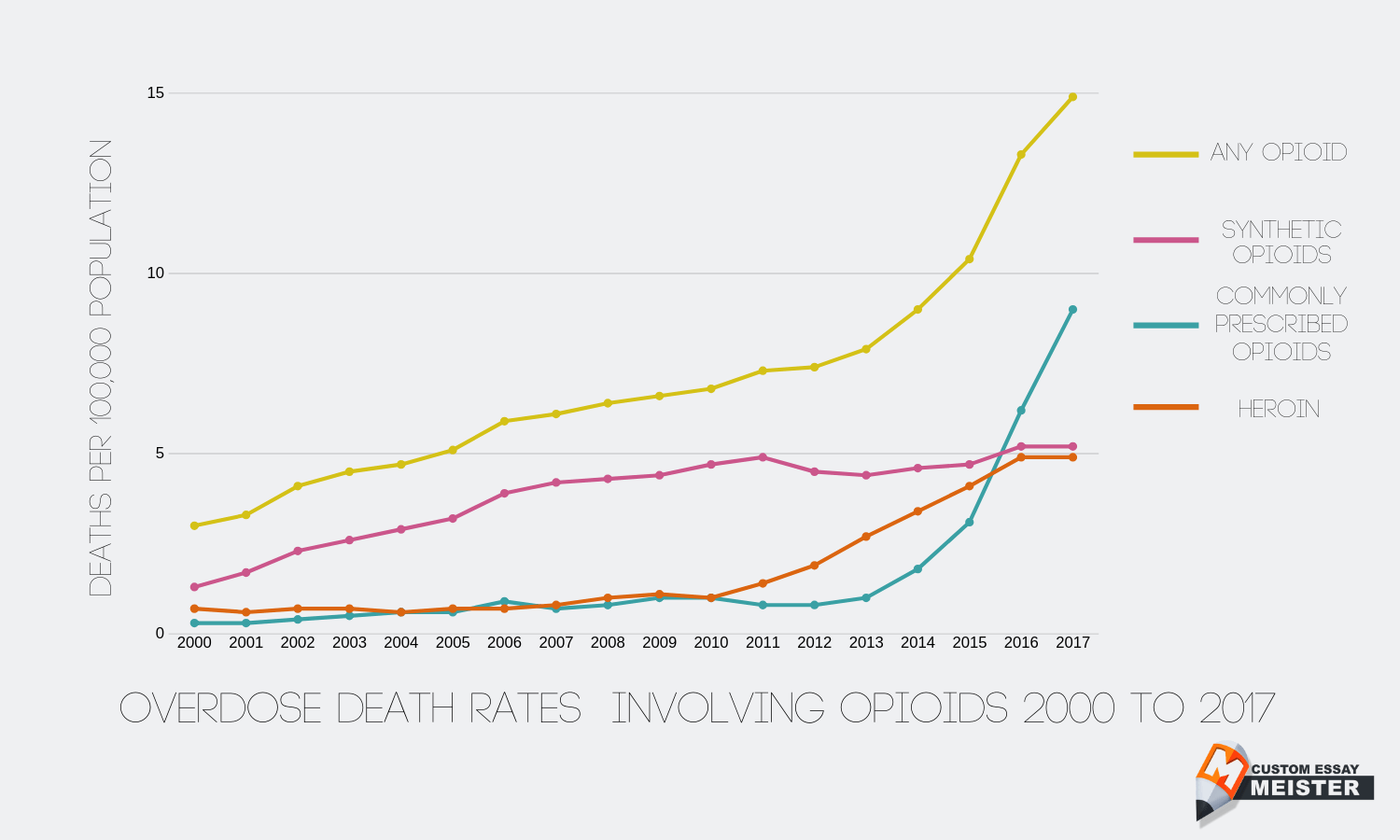The US Opioid Crisis
An estimated 130 people die from opioid-related overdose every day in the United States. It has become a national crisis, as the misuse of opioids has started to affect the social and economic welfare of the country. The culprits? Pharmaceutical giants who spread misinformation about opioid addiction and pushed healthcare providers to prescribe them to unknowing patients. Now, major pharmaceutical firms responsible for the opioid crisis are being prosecuted in court.
How did it all begin?
This crisis started in the 90s, when pharmaceutical companies started marketing their opioids to healthcare providers, assuring them that patients would not be addicted to prescription opioid pain relievers. Consequently, more healthcare providers started to prescribe opioid pain relievers to patients, and patients started to use and, eventually, misuse them. Pharmaceutical companies did not stop there, however. They engaged in intensive brainwashing campaigns, as well as pressured doctors to prescribe opioids. The American Pain Society even introduced the concept of pain as a vital sign, which forced doctors to prescribe pain relievers even when it is unnecessary.
The use of opioid pain relievers became so pervasive that between 2006 and 2012, opioid prescriptions reached 282 million a year and sales went up to $8 billion a year. In just a snap, narcotic painkillers became a multi-billion-dollar industry.
Opioids in the market
Opioids are drugs that are found in the opium poppy plant. Most prescription opioids are made directly from this plant, however other opioids are synthetically created. Healthcare providers prescribe opioids for pain management, especially for moderate to severe pain. However, due to its ability to relax the body, it can make people feel “high,” which is why many people tend to misuse them.
Numbers never lie
Even as pharmaceutical firms attempted to divert attention and cover up data, it soon became apparent to authorities that more and more Americans were becoming addicted to opioids. The Centers for Disease Control and Prevention (CDC) declared an opioid crisis in 2012.
- More than 700,000 people died from opioid overdose between 1999 to 2017.
- 70,237 people died of opioid overdose in 2017 alone. This number is six times higher than the number in 1999.
- Over 15,000 Americans died from heroin overdose in 2017. This is 5 times higher than heroin-related overdose deaths in 2010.
- There was a 19% decrease in annual prescribing rate from 2016 to 2017.
- 52 opioid prescriptions are still being written for every 100 Americans in 2017. However, this is still significantly lower than the prescription rate in 2007 which is at 75.9 per 100 persons.
- Alabama, Arizona, California, Connecticut, Delaware, Florida, Georgia, Illinois, Indiana, Kentucky, Louisiana, Maine, Maryland, Michigan, New Jersey, New York, North Carolina, Ohio, Pennsylvania, South Carolina, Tennessee, West Virginia, and Wisconsin all saw significant increases in opioid overdose rate in 2016-2017.
- 494,000 people reported using heroin in 2017.
Overdose Prevention
Since the CDC declared an opioid crisis in 2012, various efforts to prevent opioid use disorder and opioid overdose deaths have been made. The US Department of Health and Human Services, the CDC, and the White House are all working to stop the opioid crisis.
The US Department of Health and Human Services developed a 5-point strategy to fight the US opioid crisis.
1. Access to better prevention, treatment, and recovery services
A total of $1 billion is allotted to states in 2017 and 2018 to help combat opioid addiction. The amount was used to cover training and medication for emergency treatment of opioid overdose, support and treatment of women with substance use disorder, building recovery communities, and for improving access to treatment.
2. Better data on the opioid crisis
The HHS also acknowledged the need for better data about the US opioid crisis. Trends in the usage of drugs allow experts to form evidence-based strategies and tools to combat the opioid crisis in the US.
3. Better pain management
For this strategy, the HHS created the NIH Helping to End Addiction Long-term (NIH HEAL) Initiative. The initiative supports the development of new, non-addictive, evidence-based approaches to pain management.
4. Better targeting of overdose-reversing drugs
$4.7 million has been made available for expanding the availability of better prevention, treatment, and recovery in healthcare settings. The funding is distributed through Improving Access to Overdose Treatment grants. Part of this strategy is enhancing the accessibility of Naloxone, a drug that rapidly reverses opioid overdose.
5. Better research on pain and addiction
Aside from gathering data on rates of opioid prescription, substance use disorder, nonfatal hospitalizations, and overdose deaths, the HHS aims to gather evidence-based strategies and tools for combating the epidemic.
Citizens and families of people who use pain relievers are also encouraged to be vigilant on their family member’s usage of pain relievers. Watch out for patterns and signs of opioid misuse so it can be treated during the early stages. Similarly, healthcare professionals are encouraged to conduct further research and formulate evidence-based treatment for pain management and substance abuse.
It is not uncommon for professors to assign essay assignments about controversial topics. Some topics are arguably more controversial and more difficult to write about than others. The writer must be sensitive to the experiences of others. The opioid crisis is one of the many divisive, controversial topics in the US at the moment. It is a relevant issue that many students, especially in healthcare fields, are interested in researching on. You need to research thoroughly data that are constantly changing and write about the topic in a clear and informative manner. Let CustomEssayMeister know what type of help you need in writing your research paper.

